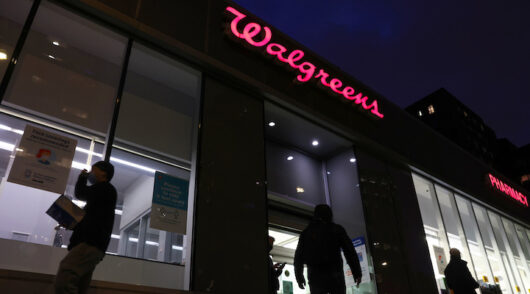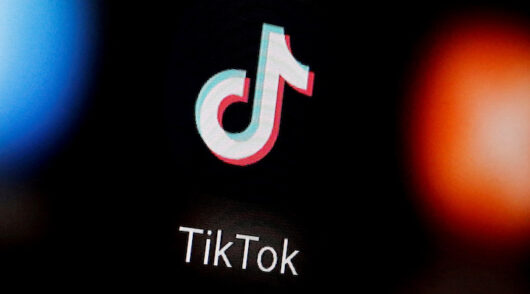While Target managed to eke out some modest growth during its final quarter, it did so by the skin of its teeth.
A 1.2 per cent uplift in total sales is the softest growth performance in four years, while the 0.7 per cent expansion in comparable sales is the lowest for almost six years. Of course, these numbers are delivered against the backdrop of a frothy consumer economy that has been helpful to Target for the past few years, so the benchmark is high. Target can take some comfort in that, and from the fact it has exceeded Wall Street expectations for the first time in a while.
Although the top line is reasonable, the bottom line is still looking extremely shabby. Net income was down by 43.3 per cent and operating margin is hovering at 3.7 per cent – more than three percentage points down on last year’s 6.8 per cent. Some of this is due to the mix shift in favor of lower-margin grocery, but much is a consequence of continued discounting to move stock and to stimulate demand in non-food. Thankfully, inventories are now at a more reasonable level, but Target is still having to promote heavily across certain categories to persuade consumers to buy and to prevent a further build-up of merchandise.
Overall, the general impression is that Target is having to run much faster but is only producing bottom-line results that represent a material deterioration over the past few years and compared to where it was pre-pandemic. As a stark example of this, for the current quarter, Target’s sales are up by 33.9 per cent compared to the same period in 2019, but its net income has only risen by 5 per cent. The same figures for the full year are even worse with sales up by 39.5 per cent and net income down by 15.3 per cent. In short, this fiscal will be remembered for being spectacularly unimpressive.
A victim of its own success
In some ways, Target is a victim of its own success as it was one of the major winners of the pandemic and is now struggling to keep the momentum going. Thanks to its merchandising prowess, Target has also become very reliant on discretionary purchases to bulk up sales and profit. However, as the economy has weakened and consumer confidence ebbed, more people are cutting back on how much they spend on their Target runs. This is one of the reasons why Target’s performance this quarter was driven by essential categories like food and household products, whereas more discretionary areas like apparel, home and electronics remained in the doldrums.
While the change in consumer fortunes has played a big part in Target’s muted results, we maintain our view that standards have deteriorated in terms of range development, shop-floor presentation, and innovation and newness. There is a general sense among consumers we talk to that Target has become a bit less exciting and interesting than it once was across many categories. Interestingly, the one segment where this is not true is beauty. Here, Target has been on a drive to introduce new brands, partner with Ulta, and focus on important trends. It has been rewarded with solid sales and market share gains – which shows what can be done when a concerted effort is made.
Despite the softer performance, we still maintain our view that Target’s underlying business is sound and that, in the longer term, it will remain a winner. The company has sensibly invested in stores and is now investing more in making its online operations more efficient and profitable. Target’s reputation among consumers is still very solid and it hasn’t actually lost many shoppers. However, with the economic outlook still weak and with competition from others intensifying, it looks like this current pause for breath will continue well into the new fiscal.
New thinking and a doubling down on growth initiatives will be needed to pull Target out of its slump.






